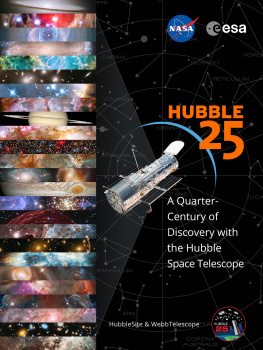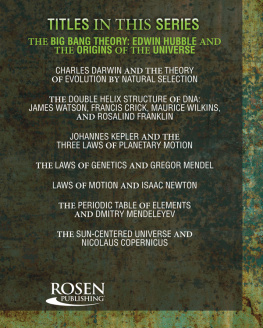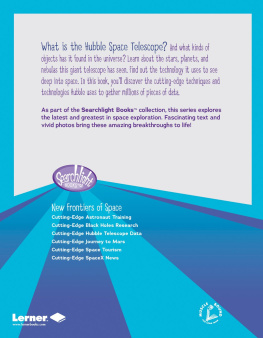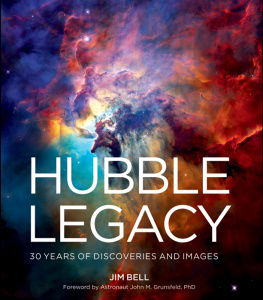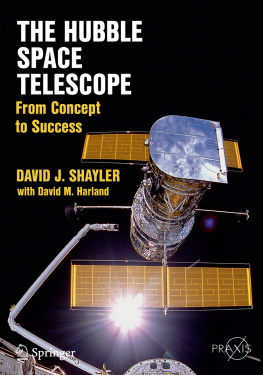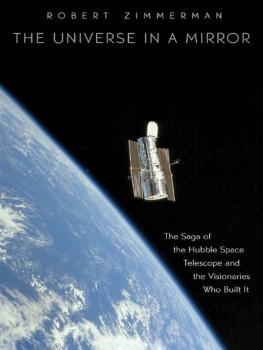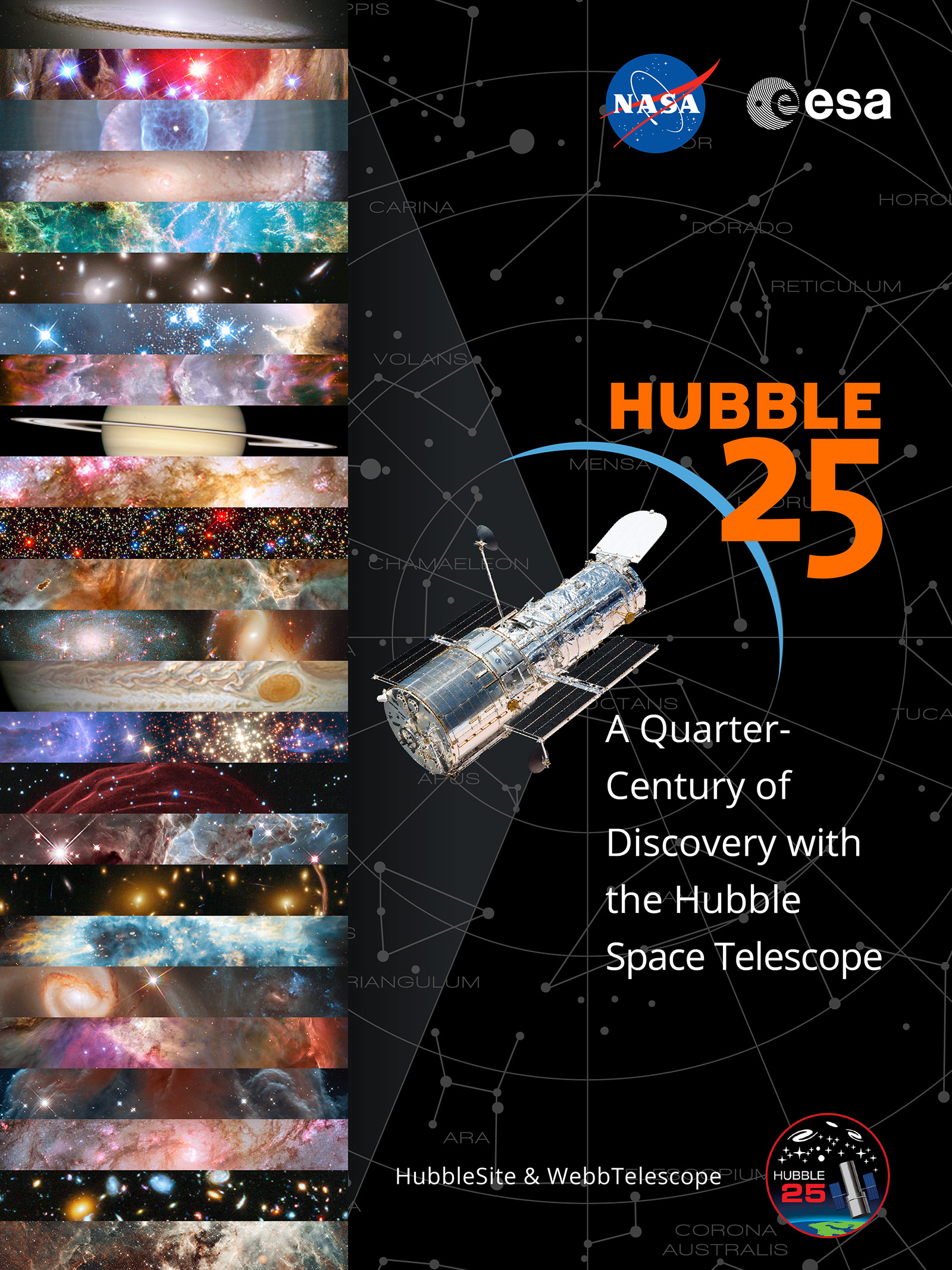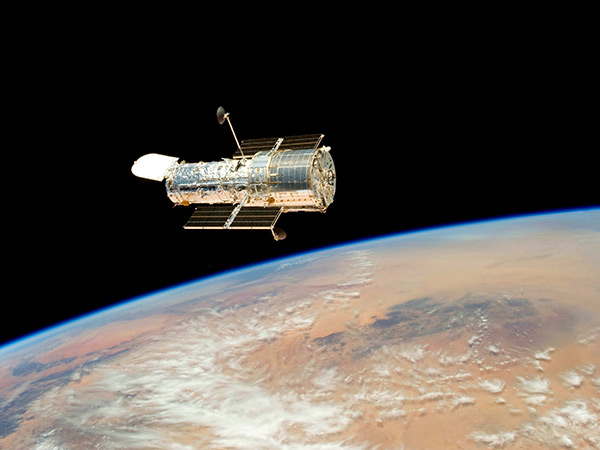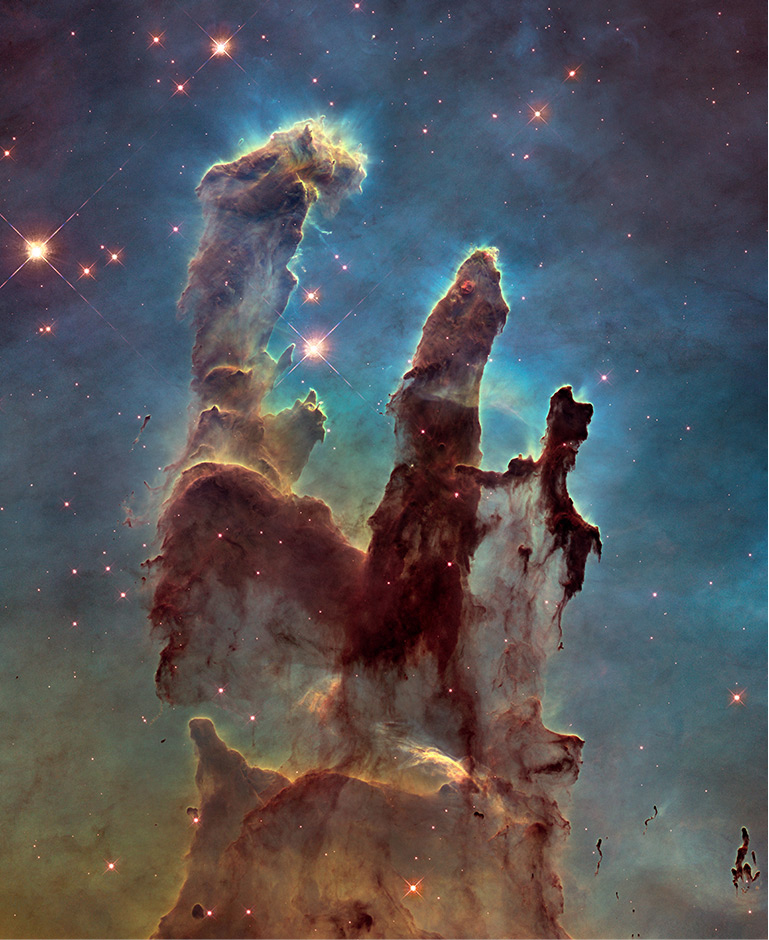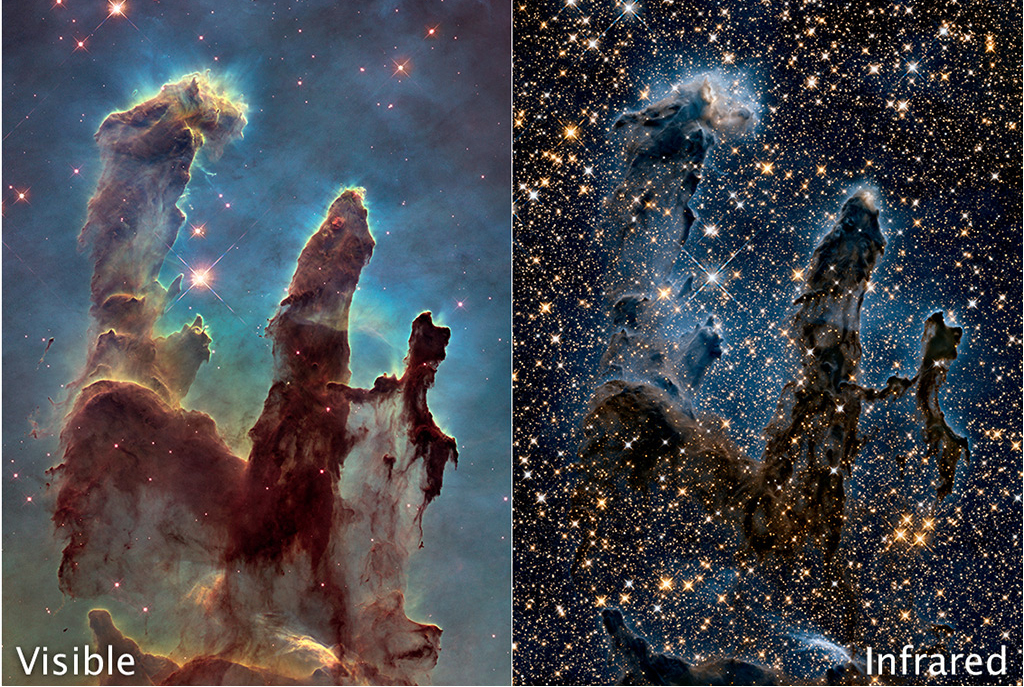Contents
Introduction

Introduction
The astronauts of Hubbles final servicing mission captured this view of the telescope orbiting Earth after completing their repairs and upgrades to the spacecraft in May 2009.
25 Years of Hubble
On April 24, 1990, NASAs Space Shuttle Discovery blasted off from the Florida coast carrying precious cargo that was destined to revolutionize the way humans see the cosmos. The Hubble Space Telescope had been decades in the making, the dream of astronomers who yearned to study the universe with a clear view unhindered by the distorting influence of Earths atmosphere. A day after launch, Discoverys astronauts fulfilled that dream by releasing Hubble into orbit hundreds of miles above the ground, and more importantly, above the bulk of our planets atmosphere.
Hubble was not the first telescope launched into space, nor is it the largest telescope at astronomers disposal. Hubbles exceptional and ongoing capacity to help unveil the secrets of the universe comes not just from its position beyond Earths atmosphere and, as a result, its exquisite image quality, but also its ability to be upgraded with new science instruments a unique feature among space-based telescopes. After Hubbles launch, shuttle astronauts returned to the telescope five times to install new cameras, detectors, and other equipment built with ever-more advanced technology, keeping Hubble on the leading edge of astronomy. Hubbles suite of instruments also allows the observatory to record wavelengths of light not just in the visible range but in ultraviolet and near-infrared wavelengths (which are not visible to our eyes), including some wavelength ranges that cannot be observed from the ground.
Hubble Telescope Facts
Hubble captures pictures of stars, planets, galaxies, and more orbiting Earth at 17,500 miles per hour (8 kilometers per second).
Hubble has made more than 1 million observations since its mission began in 1990.
Hubble has traveled more than 3 billion miles (4.8 billion km) along a circular, low Earth orbit of about 340 miles (550 km) altitude.
Hubbles observations have produced more than 100 terabytes of data.
Hubble currently generates an average of 830 gigabytes of data per month.
About 4,000 astronomers from all over the world have used the telescope to probe the universe.
Astronomers using Hubble data have published more than 12,700 scientific papers, making it one of the most productive scientific instruments ever built.
Hubble weighs 24,500 pounds as much as two full-grown elephants.
Hubbles primary mirror is 2.4 meters (7 feet, 10.5 inches) across.
Hubble is 13.3 meters (43.5 feet) long the length of a large school bus.
Now 25 years into its trailblazing mission, Hubbles greatest accomplishments to date include helping to uncover black holes in the centers of galaxies, observing changes on planets in our solar system, investigating the atmospheres of planets around stars other than the Sun, seeing disks that are possibly forming new solar systems, and hunting down nascent galaxies in the very early universe. Astronomers have also used Hubble to follow up on the work done almost a century ago by the telescopes namesake, the astronomer Edwin Hubble, whose observations of galaxies revealed that the universe was expanding. Observing with the Hubble telescope, astronomers have refined their calculation for the universes expansion rate and discovered the existence of a force called dark energy, which is causing the universe to expand faster and faster as time goes on.
Hubbles work is far from finished, though. Astronomers are continuing to use the orbiting observatory to extend their view and understanding of the cosmos ever farther. In 2009, during Hubbles final servicing mission, astronauts installed new science instruments, batteries, computers, gyroscopes, and other equipment that will keep the observatory hot on the trail of the most pressing celestial mysteries for years to come.
Hubbles Spectacular Images
The Hubble Space Telescope is an instrument of science one of the most productive in history. Thousands of astronomers from around the world have used Hubble to explore nearly every facet of the universe, publishing more than 11,000 scientific papers in the process. Still, the magnificent images Hubble takes have proven time and again their power to capture the hearts and minds of scientists and non-scientists alike. The majestic scenes fire the imagination and inspire awe for the astonishing vastness of the cosmos and all the wonders it contains.
To celebrate Hubbles 25th anniversary, this book presents 25 of the most remarkable images Hubble has acquired so far. They are ordered according to distance from Earth, highlighting Hubbles great range, from observing planets in our own solar system to the stars and galaxies born when the universe was still young.
Each chapter in this book introduces one of Hubbles images and points out some of the features that Hubbles exceptional vision reveals. It also describes a sample of the related scientific research or discoveries achieved with Hubble. Supplemental images and videos provide more context and help bring the subject to life.
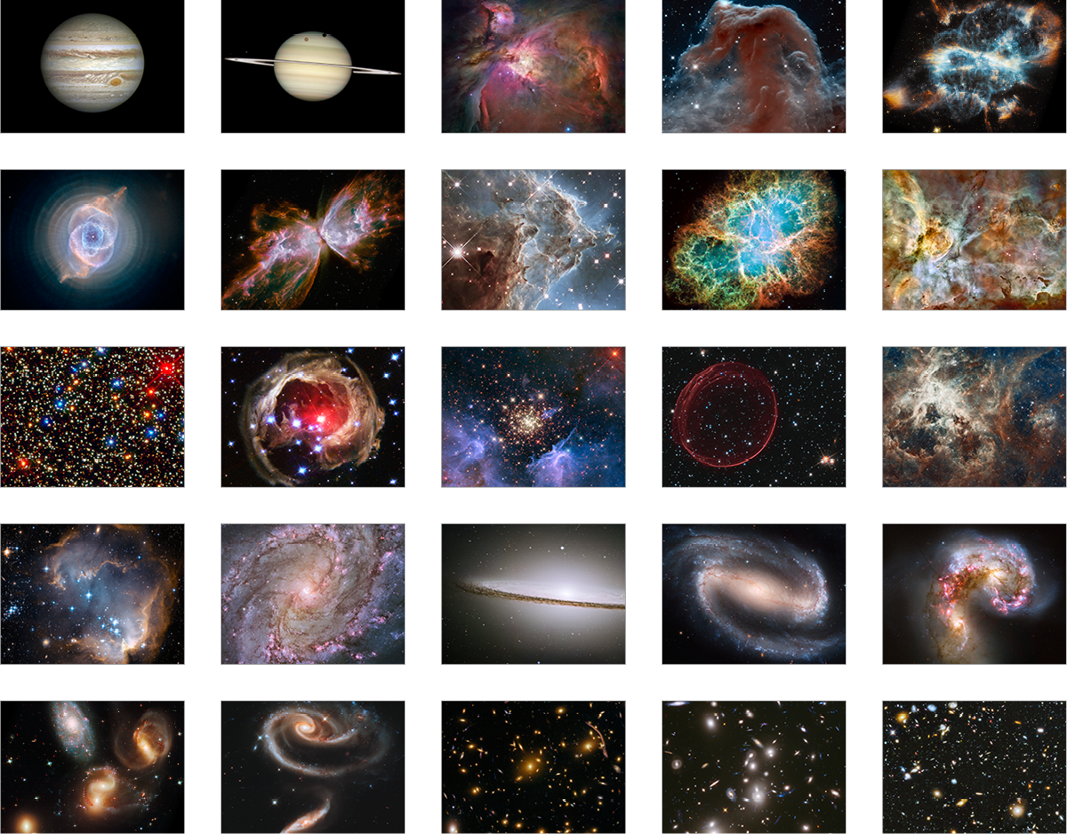
Revisiting an Icon
Hubbles newest image of the Pillars of Creation in the Eagle Nebula, taken with the Wide Field Camera 3, provides a sharper and wider view of the star-forming structures first imaged by the telescope in 1995.
To kick off Hubbles 25th year in orbit, astronomers used the venerable telescope to revisit one of its most iconic subjects, the so-called Pillars of Creation in the Eagle Nebula (M16). Three towers of gas and dust, standing light-years tall, are giving birth to new stars, buried within their dusty spires.
The pillars became famous after Hubble first imaged them in 1995 using the Wide Field Planetary Camera 2. The features were observed again in late 2014 with that instruments more advanced replacement, the Wide Field Camera 3. With its higher resolution, the new camera provides a sharper view of the pillars and also presents a wider vista, showing the base of the pillars and more of the region surrounding them.
In addition, the new observations captured a portrait of the pillars in infrared light, as well as in visible light. The longer wavelengths of infrared light pass more easily through the dusty environs, allowing us to see more of the wispy details and the stars normally hidden inside or behind the pillars when viewed in visible light.
Pillars in the Eagle Nebula, in Visible and Infrared Light
Hubbles infrared view of the Pillars of Creation reveals details within the gaseous towers as well as many background stars.

